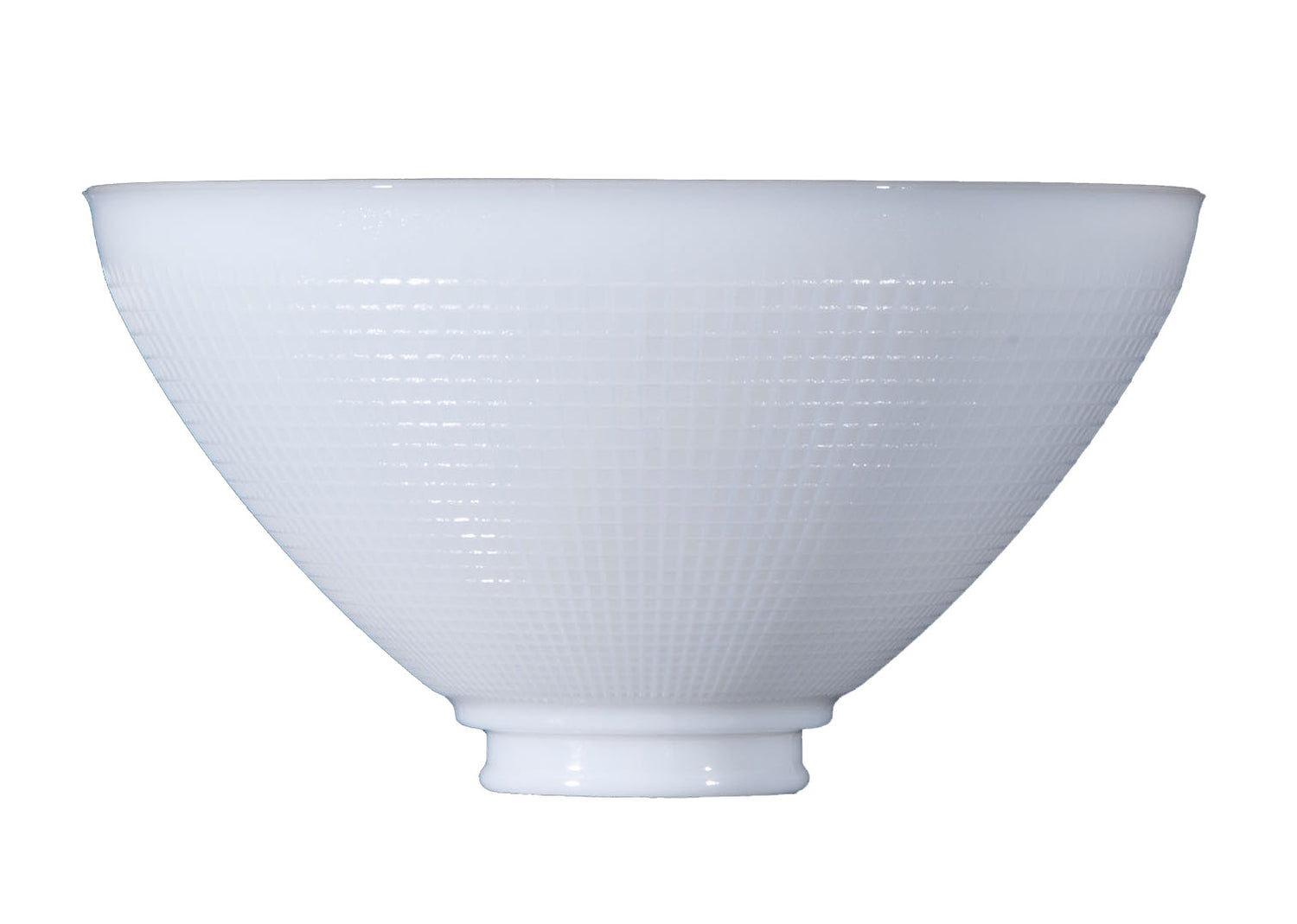Antique, vintage, and secondhand light fixtures have their charms, but many people decide to retrofit their lamps to complement a contemporary design aesthetic. Retrofitting allows you to update the overall look of your lamp with a new and improved shade. Before you can dive right into retrofitting, it’s important that you take note of a few details. Many antique table lamps are designed with a traditional harp and finial setting. Modern-day lampshades are made with UNO fittings. Therein lies the conflict. This guide will demonstrate how to retrofit a lampshade, as well as a few basic tips that will aid you in your journey. We believe that retrofitting will prove to be an effortless way to give your classic lamp the update it deserves.
How to Retrofit a Lampshade
There’s no denying the disappointment in acquiring a beautiful lampshade, only to find out that it doesn’t have the correct fitter to match your lamp base. However, changing your lampshade doesn’t have to be a headache. Classic lamps with a harp and finial design are compatible with lampshades that feature a spider fitter. This type of fitter is designed to sit on top of the harp, held in place be a decorative finial. If you are retrofitting a lampshade to finish a shabby-to-chic restoration, look no further. Start by detaching the finial at the top of the lamp. Squeeze the lamp’s harp to remove it as well. Loosen the on-off toggle and unscrew the lamp’s original brass socket. Split the socket apart by hand or using a letter opener. Remove the socket top to expose the wire connections. Take note of which wires connect to which screws. Unscrew each set to free the socket. Remove the bottom socket half from the wire.
Weave the wire through the ring of the UNO lampshade and into the socket cup. Fasten the socket cup onto the exposed threaded rod in the base your lamp. Reconnect all wiring and use an Underwriter’s knot as a precaution. The Underwriter’s knot is commonly used as a strain relief to prevent the cable from being pulled from the electrical terminals if it is accidentally yanked. Slide the sleeve back on the socket until it pops into place. If your lampshade feels a little unsteady, you can use a couple of rubber seals or pieces of thick felt to wedge the UNO fitter tightly into the harp base. This quick fix should eliminate any wiggle room. Best of all, you won’t need to replace your shade to install a new light bulb anymore.
How to Correct a Crooked Shade
Now that you know much more about the differences between a harp and finial lamp and an UNO lampshade, you might find this next dilemma to be a walk in the park. Crookedness occurs when a lampshade isn’t properly fitted to the lamp base. Luckily, you can make your own UNO lampshade adapter with just a few pieces of hardware. With a multi-pack of rubber washers, you can experiment until you find the perfect combination to successfully secure the lampshade to the lamp socket. Fasten the rubber flange around the socket and add the lampshade fitter. Bind them together with a strong construction adhesive. Once the glue is set, fix the metal washer over the lip. Gluing will allow you to remove the lampshade later on, but the adapter is permanent.
Alternative Attempts at Retrofitting
There are plenty of ways to breathe life back into an old lamp. If you have complementary lampshades and fittings but the inspiration hasn’t hit yet, you might need to reevaluate your vision. Is your lamp harp too short? Risers are designed to make harps taller, and they come in several lengths to suit any need. As a rule of thumb, you should shop for a lampshade that’s equivalent to 40 percent of the total height of your lamp. For best results, use matted bulbs whenever you are restoring or retrofitting a light fixture with a lampshade. Clear bulbs can cause hard shadow lines on the walls and ceiling. If you love your lamp base but can’t stand the sight of your lampshade, try something out of the ordinary. Cover the lampshade with fabric, wallpaper, paint, or gold leaf to create something fresh and new that accentuates your incredible taste in home furnishings.
We hope that this guide to retrofitting lampshades provides the information and tips you need to get a jump start on your next DIY project. We are honored to be your favorite destination for lamp parts and lighting accessories. Please contact us today if you have any questions about this article or would like to learn more about our selection of finials, shades, shade holders, sockets, socket shells, washers, and so much more. We look forward to hearing from you.


